
This post, written by Pawel Grabowski, originally appeared on Single Grain, a growth marketing agency focused on scaling customer acquisition.
I’m sure you’ll agree: Getting prospects to notice your content is one heck of a task.
Between the sheer amount of content published each day and our dwindling attention spans, it’s no easy task to grab and hold your target audience’s attention.
As a result, you spend countless hours tweeting about it with with fingers crossed, hoping that someone will notice your awesome content, share it with their social network, and make it go viral.
Or you could try an easier way to ensure that your content reaches the right audience:
Paid content promotion.
A lot of advertising platforms allow you to promote your content to a highly specific audience, attract qualified traffic and leads, and grow your customer base. The downside? You have to pay for it, of course. Luckily, many of them aren’t expensive, especially if you consider the ROI they can generate.
If you’ve been afraid to start promoting content with paid ads or even wondered how they work, you’ve come to the right place.
In this post, I’ll give you an overview of the 7 most popular paid content promotion platforms.
According to Social Media Examiner, Facebook is the most popular paid content promotion platform among marketers: 84% of B2B marketers use it to regularly drive traffic to their content. (Hardly surprising, right?)
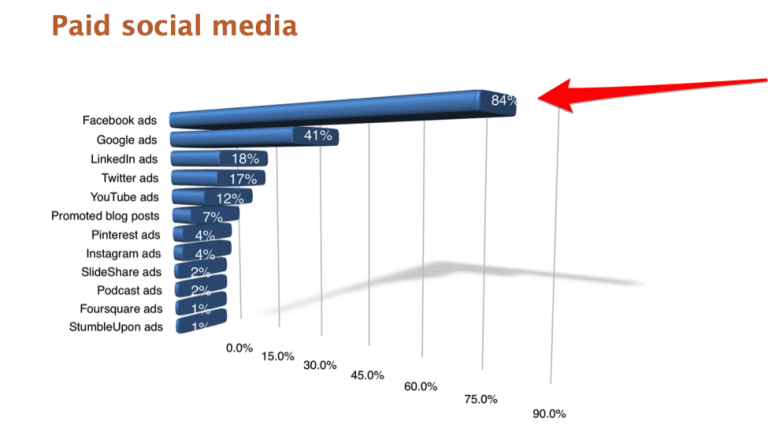
And according to AdWeek, we spend around 28% of our time online on social networking:
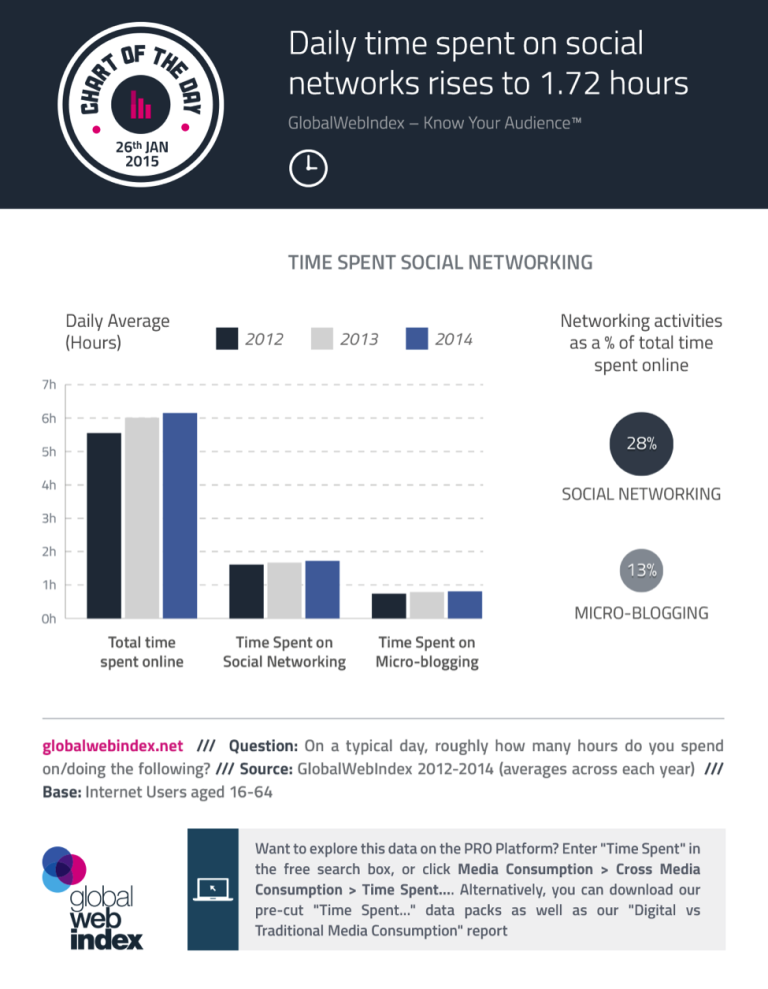
Statista reports that consuming content is one of the primary activities on Facebook:
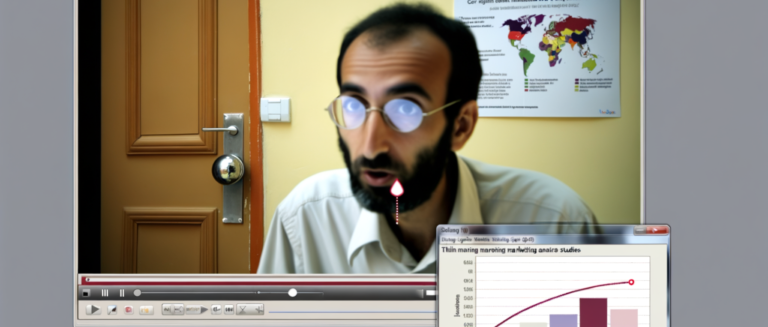
Facebook also attracts both B2C and B2B audience, making it a viable promotion channel for practically any business.
So regardless of whether you target customers or brands, you have a big chance of attracting them to your content.
Facebook offers many opportunities to promote content via its Advertising Platform, and Page Post Link ads can help you drive more traffic to your content. These ads typically show in the Newsfeed (also on mobile) and clicking on this ad takes a user directly to a website.
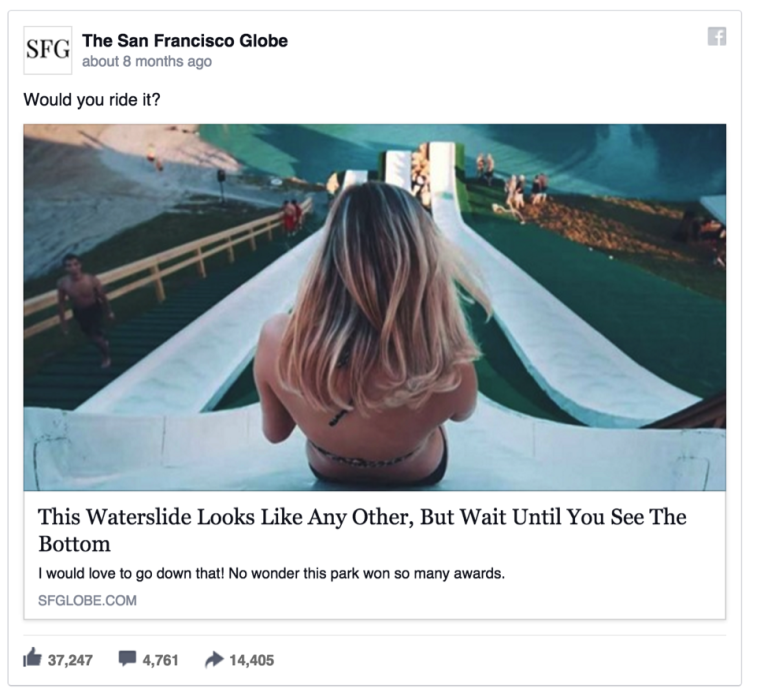
Page Post Link ads include a big image which makes it perfect to help catch your ADHD-prone audience’s attention. What’s more, Facebook allows you to A/B test all elements of the ad to come up with the most converting creative.
Learn More: Facebook Lead Ads: Everything You Need to Know to Increase Mobile Conversions
When setting up your ad, you can target users by:
You can also display your ad to current customers or subscribers by including them in a Custom Audience based on e-mails, phone numbers or Facebook user IDs.
Lastly, you can also use Lookalike Audiences to target people similar to your clients, leads or fans.
Facebook Advertising is a bidding platform, meaning that you can specify how much you’re willing to pay for a campaign.
On Facebook, you can bid on Cost Per Click, Impressions, Cost Per Action/Conversion and Cost Per Like, and the final price is affected by:
I know, it makes no sense at all, does it?
AdWords is an ideal platform to attract new customers or leads, but not to promote content, right? And yet…
The aforementioned Social Media Examiner report states that 41% of social marketers use AdWords to promote content regularly, making it the second most popular paid content promotion strategy.
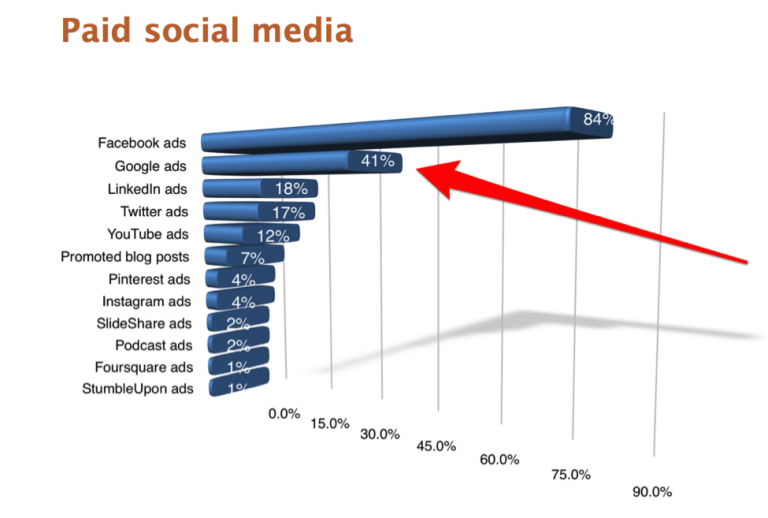
And according to the latest Content Marketing Institute B2B Content Marketing Benchmarks report, search engine marketing is the most popular paid content strategy among marketers.
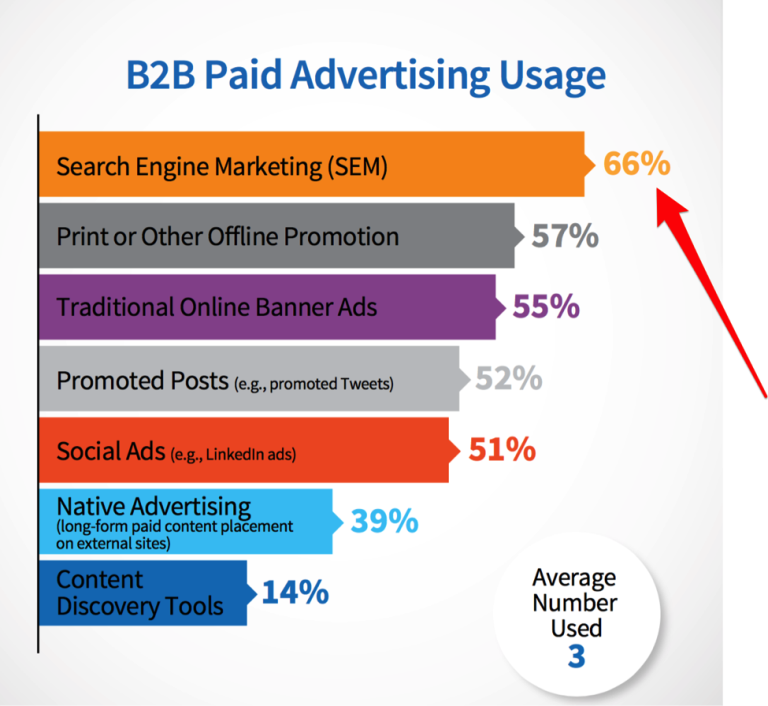
Of the survey participants, 66% admitted to using the Google’s advertising platform to promote their content.
What’s more, 55% consider AdWords the most effective paid promotion strategy.
How is that possible?
You see, AdWords is a versatile yet extremely simple platform to use. Creating an ad takes no more than a couple of minutes, and Google starts displaying it to anyone looking for keywords that you specified practically right away.
Also, the AdWords platform offers extensive research tools which allows you to really make sure that your content reaches the right audience at the right time.
And finally, data you collect in AdWords lets you improve your audience targeting and create much better content in the future.
Google AdWords targets keywords that people actually use to search for information. So when you choose words or phrases that are relevant to your content, your ads appear to those people.
On top of that, you can also target users by location, language, and device they’re using. Also, by using remarketing, you can target people who have visited your site before.

(Example of an AdWords ad promoting content.)
AdWords is an auction-based system in which you specify how much you’re willing to pay for each click on your ad for a specific keyword.
Social Media Examiner reports that LinkedIn is the 3rd most popular paid content promotion strategy among marketers, with 18% of them effectively using it to distribute content.
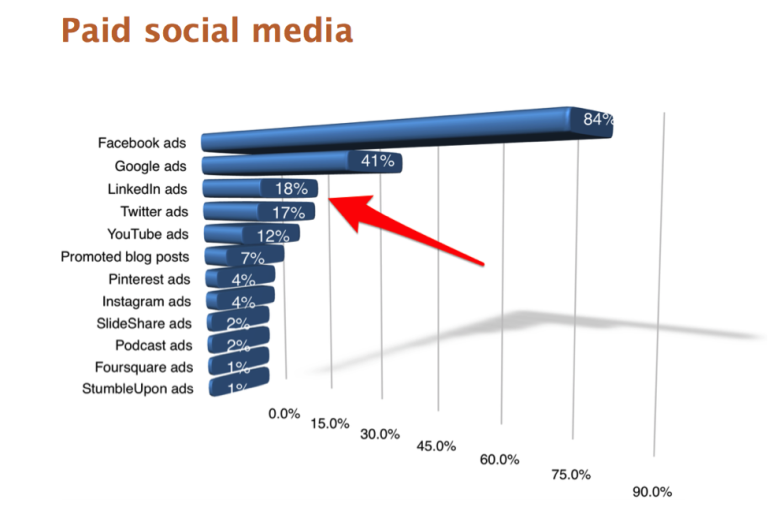
And InsideView states that LinkedIn delivers more leads to B2B companies than any other social networking site or a company’s blog.
LinkedIn offers 3 options to promote your content:
1. Sponsored Updates – a native advertising model in which you display content as a sponsored update in a person’s news feed.
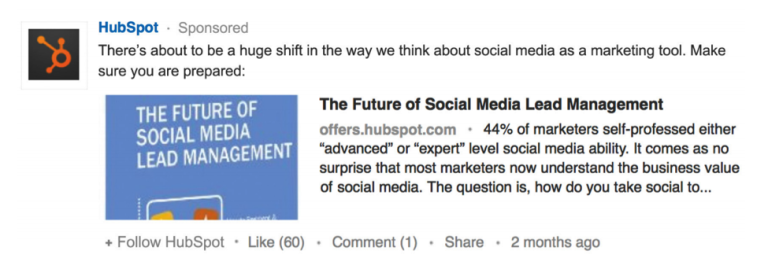
2. Text and Image Ads – allows you to place ads in prominent places across LinkedIn’s website.
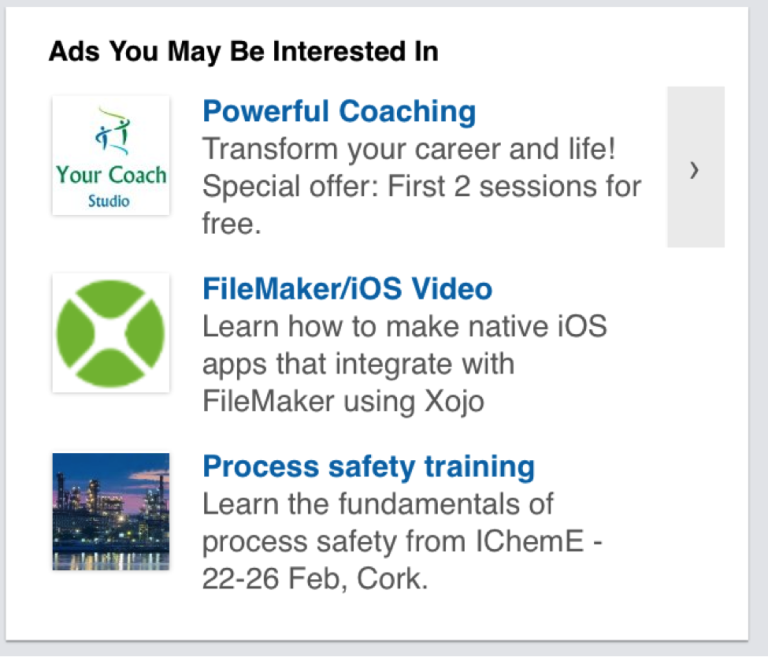 3. Sponsored InMail – lets you use LinkedIn InMail to message targeted audience segments about your content.
3. Sponsored InMail – lets you use LinkedIn InMail to message targeted audience segments about your content.
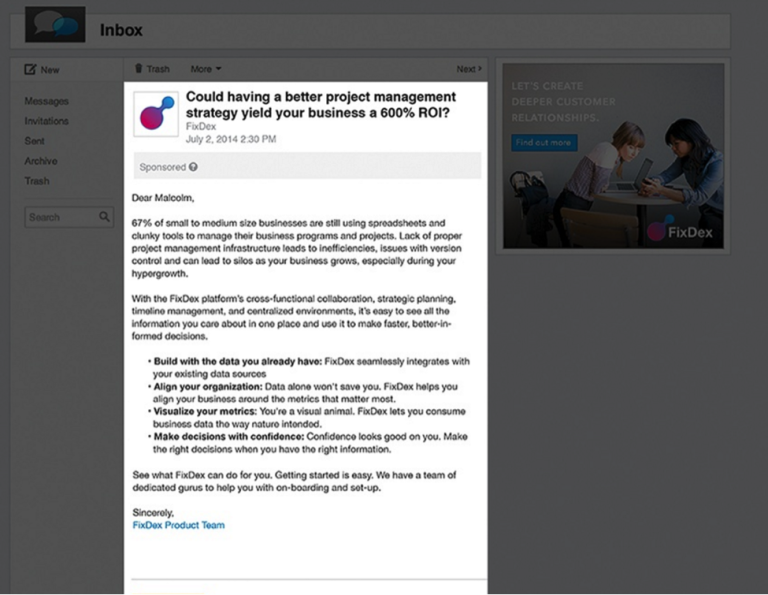
The power of LinkedIn ads lies in their ability to target people not just by their demographics (age, gender, location, etc.), but also by such factors as a job title, employer, industry, company name, company size, skills, LinkedIn Groups they’re members of, and even interests.
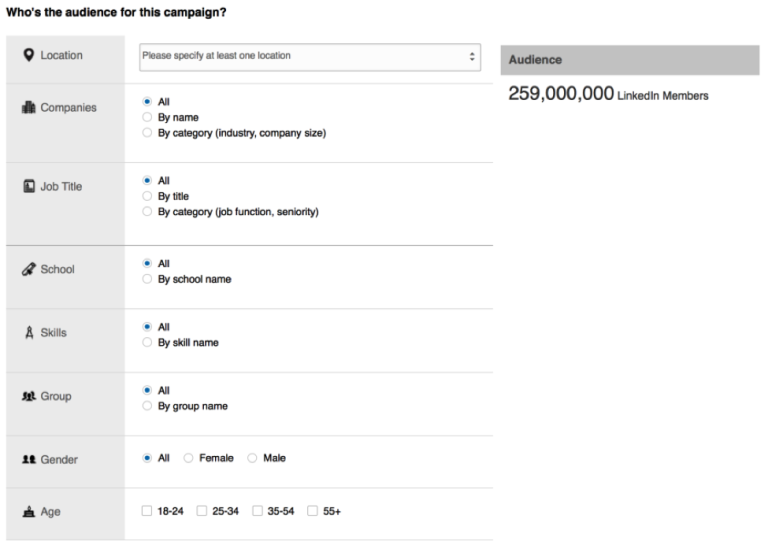
LinkedIn offers two basic pricing models:
I agree: You rarely think of Twitter as a paid content promotion platform.
After all, you already use it to promote your content for free (by sharing every article you write on this platform), and you probably use software like CoSchedule or Buffer to tweet about archived content.
You might even reach out to influencers to help you spread the word on your posts.
But I bet you never considered paying to promote your content on Twitter.
Consider this:
Twitter Ads offers an option to publish Promoted Tweets that are nothing but ads disguised as tweets that appear in a person’s timeline. In most cases, the only difference between normal and promoted tweets is a little “Promoted” label in the bottom left corner.
Learn More: Do Twitter Ads Really Work? (And How to Get The Most Out of Them!)
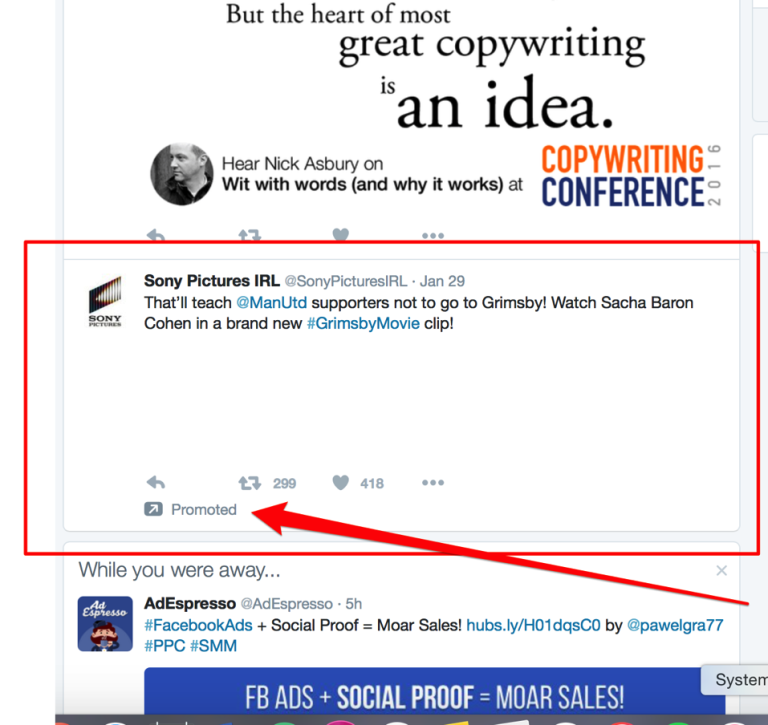
Twitter offers advanced targeting options to ensure that your content reaches a highly-qualified audience.
For example: on Twitter, you can target users based on their interests, accounts they follow or keywords and user behavior.
Like most platforms I discuss in this post, Twitter Ads is an auction based system.
However, unlike AdWords, for instance, on Twitter you’re not bidding on keywords but rather specific actions that you want the person to complete.
You can choose from such actions as clicks, acquire new followers, engagement, app installs, leads or video views.
I bet this happens to you all the time: You discover an interesting article, and just when you get to the end of it, you notice a link to another one.
And then another one.
And another one….
And before you know it, you’ve spent an hour consuming countless pieces of content.
The next platform I’m discussing here makes it possible to promote content by targeting this very behavior.
Outbrain is a service that allows you to target that very behavior and promote your post on other pieces of content in order to attract readers from other websites.
The platform displays a widget with a list of recommended articles below every post on the sites that use it. Here’s a screenshot showing the widget in an article in the Time Magazine:
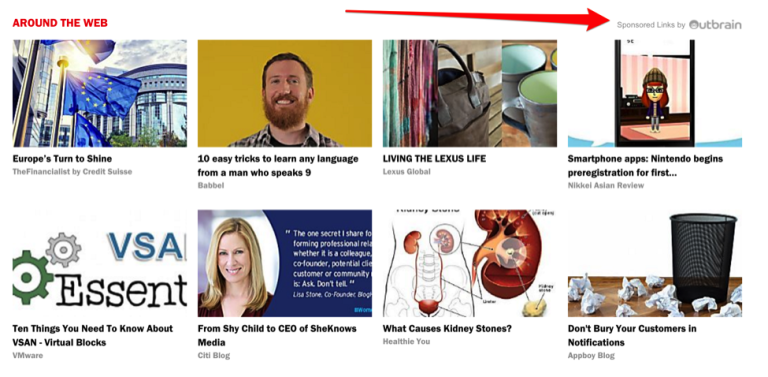
Just like the other paid content promotion platforms, Outbrain works on a Cost Per Click basis, meaning that you pay only for the visitors who go to the page that you’re promoting.
Note: Outbrain is just one of many content discovery networks. Other, similar platforms include:
Fact: Reddit is the front page of the web.
Just last month alone, the site received 231,625,384 unique visitors (subject to change, as you can see), viewing 8,194,956,819 pages and casting 29,170,122 votes.
Impressive, huh?
What’s more, the site offers incredible opportunities to promote your content.
Reddit is made up of “subreddits”, which are categories that users create to discuss related topics. You can submit content directly to a relevant subreddit or use Reddit Ads to ensure that a specific audience will notice it.
Reddit allows you to target users by their interests, specific subreddit they subscribe to, location, or display your ad to all of Reddit, without any particular targeting.
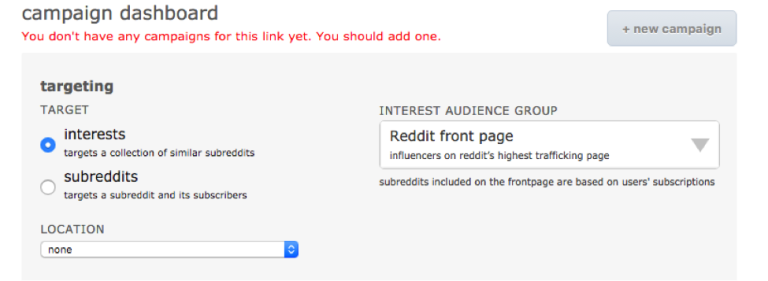
Reddit charges for impressions (CPM), which means that you pay a flat fee for every 1,000 ad impressions.
Here are the rates as per Reddit’s FAQ page:
I agree: It probably wouldn’t make sense to use banner ads to promote every piece of content.
But if you’ve published a report, long-form guide, e-book or other lead magnet, banners might be a way to attract a new audience to them.
BuySellAds is a platform that connects publishers with publishers and allows them to buy and place banner ads on the sites.
On BuySellAds, you can purchase banner ad space, publish sponsored content, and buy individual ad spaces on thousands of sites.

BuySellAds organizes publishers by categories and topics, so you can find websites with the audience you’re trying to reach:
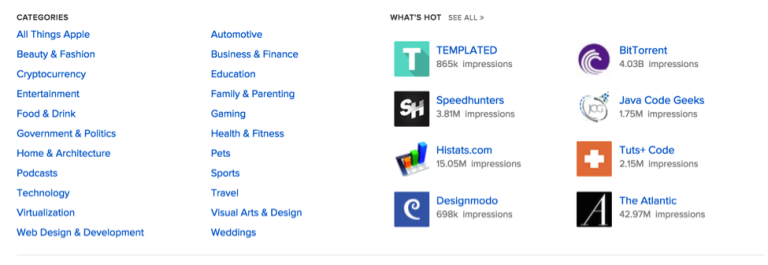
Along with the basic information about the site, BSA also displays the most recent audience stats like monthly impressions and Twitter following:

Information about ad placements and types is available on the site along with prices:
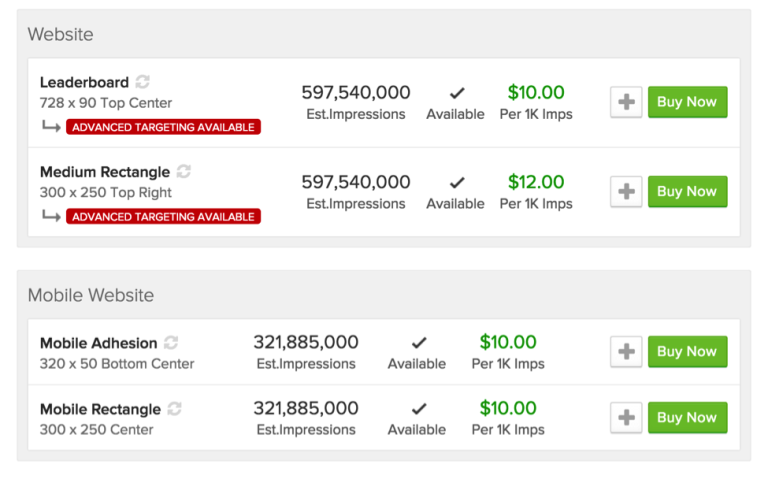
Price per ad placement is determined by each site and can range from as little as $10 and as much as hundreds of dollars, depending on the site’s popularity and audience engagement.
With so much new content published every day, getting your target audience to notice your content is one heck of a task. One way to achieve this goal is to always promote it via owned and earned media.
Or you could use paid ads to attract more targeted visitors to your site.
Now that you understand what the different paid content promotion platforms are and the pros and cons of each one, you’ll have a much easier time getting potential prospects to notice your content!
Enter your email to get free instant access